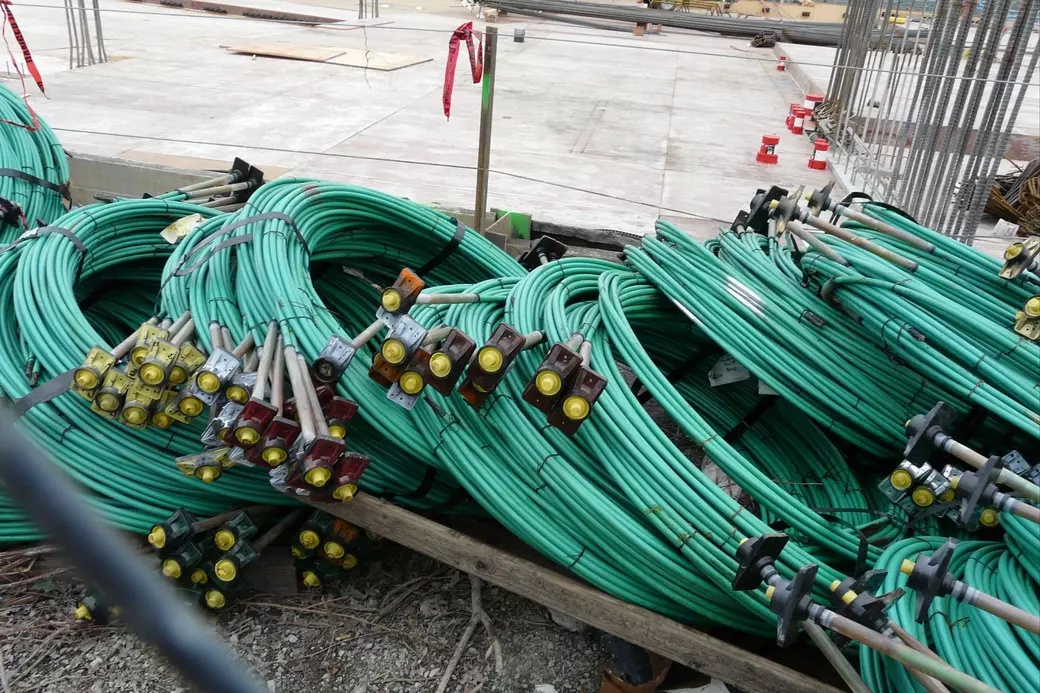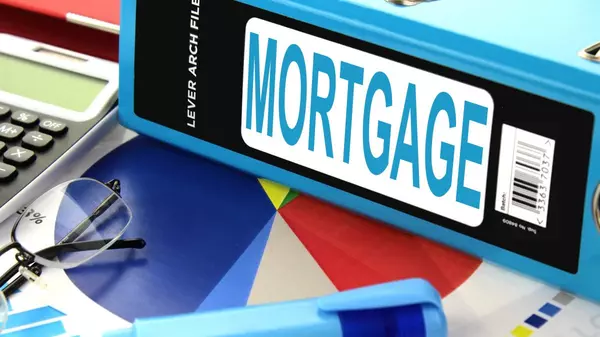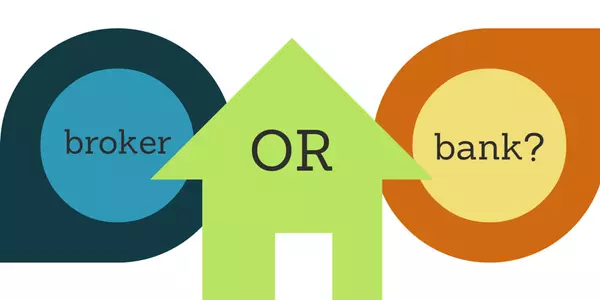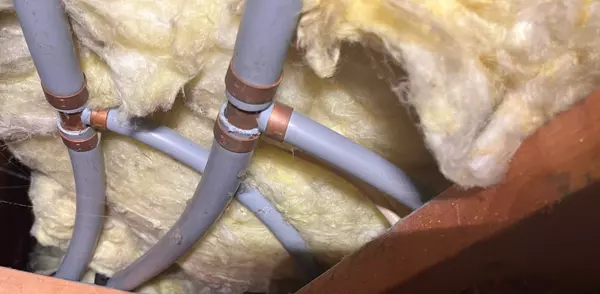Navigating Post-Tension Cable Condominiums in Calgary: What Buyers and Sellers Need to Know

If you're considering purchasing a condominium in downtown or the Beltline areas of Calgary, you might come across properties with Post-Tension Cables (PTC). This construction technique, prevalent in the 1970s and 1980s, has significantly influenced Calgary’s architectural landscape. However, buying or selling a PTC condo comes with specific considerations. Here's a comprehensive guide to help you navigate this unique market segment.
What Are Post-Tension Cables?
Post-tension cables are steel tendons embedded within concrete slabs, designed to enhance structural strength and flexibility. Installed during the construction of high-rise buildings, these cables are tensioned after the concrete cures, allowing for longer spans without the need for numerous support pillars. This results in spacious, open-concept floor plans—a feature that appeals to many condo buyers.
The use of PTC was prevalent in downtown Calgary due to the demand for high-rise buildings in this urban core. Suburban developments of the same era typically featured low-rise or wood-frame structures, which did not utilize PTC.
Advantages and Disadvantages of PTC Condos
Advantages:
Spacious Interiors: The absence of numerous support columns allows for open floor plans, which are highly desirable for modern living.
Structural Integrity: PTC enhances the strength and durability of buildings, enabling them to withstand various environmental factors.
Disadvantages:
Maintenance Costs: Over time, post-tension cables can corrode, necessitating regular inspections and repairs. This has led to higher condo fees in PTC buildings, as funds are allocated for ongoing maintenance and potential replacements.
Financing Challenges: Due to perceived risks, obtaining a mortgage for a PTC condo can be difficult. Many lenders are hesitant to finance these properties, requiring larger down payments and sometimes additional insurance. This can limit your financing options and affect the property’s resale value.
Impact of Insurer Decisions
Since the 1990s, mortgage insurers have been cautious about insuring properties with PTC. This policy shift has had several lasting effects on the market:
Higher Down Payments: Because insurers are wary of the potential risks associated with PTC buildings, buyers often face higher down payment requirements. This can make it more challenging for potential buyers to secure financing.
Limited Financing Options: With fewer lenders willing to finance PTC properties, buyers may have to navigate a smaller pool of mortgage providers, which can complicate the purchasing process.
Market Perception: The additional scrutiny and higher costs associated with PTC buildings can lead to cautious buyer behavior. This often results in longer selling times and potentially lower property values.
Financial Implications for Owners
Condo corporations, which are made up of individual condo owners, are responsible for managing the maintenance of PTC systems. Regular monitoring by qualified engineers is essential to ensure the structural integrity of the cables. However, this comes at a cost, which is typically reflected in higher condo fees. Additionally, if significant repairs are needed, condo owners might face special assessments to cover these unexpected expenses.
Buying a PTC Condo: What to Consider
Thorough Inspection: Ensure that a recent engineer’s report is available and reviewed by a qualified specialist. This will give you an understanding of the current condition of the PTC system and any potential future expenses.
Financial Stability: Check the financial health of the condo corporation. Adequate reserve funds and a history of proactive management can help mitigate the risk of unexpected assessments.
Mortgage Considerations: Be aware of the limited financing options and be prepared for potentially higher down payments and insurance requirements. Consulting with a mortgage expert familiar with PTC properties can provide valuable guidance.
Selling a PTC Condo: What to Know
Target Market: Understand that the pool of potential buyers might be smaller due to the financing challenges and higher maintenance costs. Pricing the property competitively and highlighting its unique benefits can attract the right buyers.
Disclosure and Documentation: Be transparent about the PTC system’s condition and provide all relevant documentation to potential buyers. This includes recent engineer’s reports and financial statements from the condo corporation.
Market Timing: Be prepared for a potentially longer selling process. The specific challenges associated with PTC properties might mean that finding the right buyer could take more time compared to non-PTC buildings.
Conclusion
Post-tension cable buildings are a distinctive feature of Calgary’s real estate market, offering both unique advantages and challenges. For buyers, understanding the implications of owning a PTC condo—from maintenance costs to financing hurdles—is crucial. Sellers, on the other hand, need to navigate a more specialized market and manage expectations regarding the selling process.
Whether you’re buying or selling, working with real estate professionals who have experience with PTC properties can help you make informed decisions and successfully navigate the complexities associated with these unique buildings.
Categories
Recent Posts










CONTACT ME FOR MORE INFORMATION
